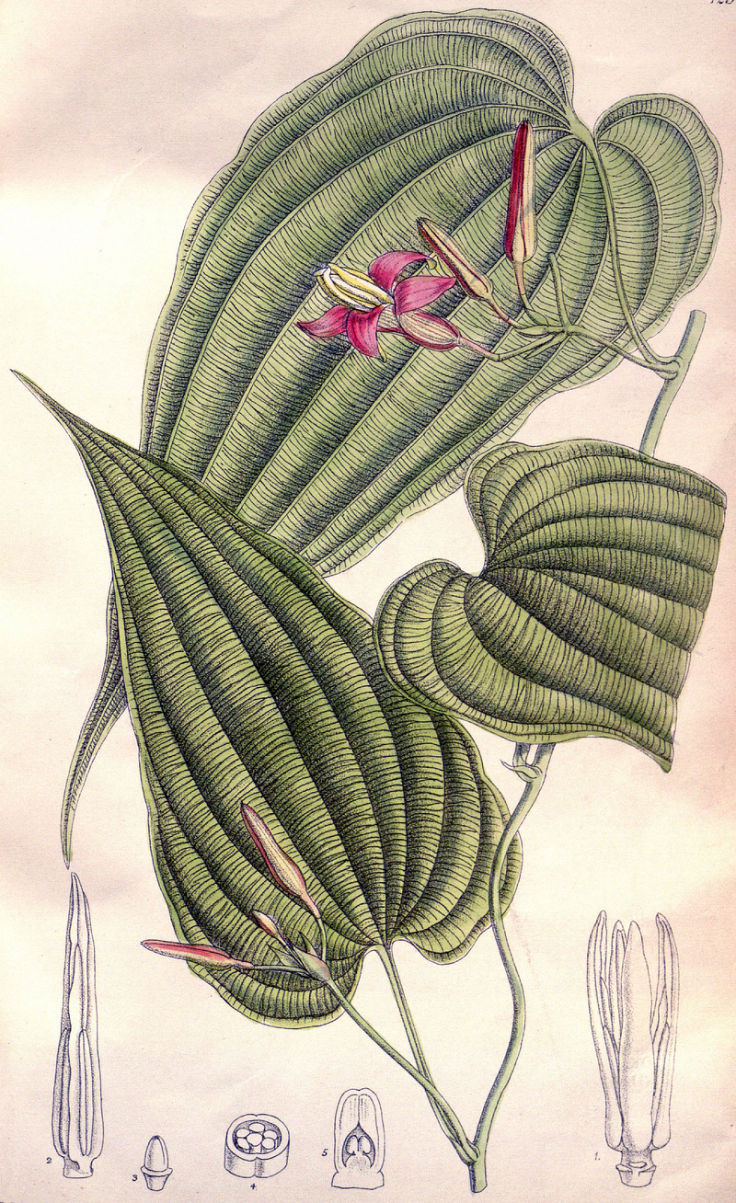For centuries, traditional Chinese herb called Stemona sessilifolia has been used as a remedy for parasitic infections, especially those caused by pinworms or lice. In a new study, researchers have found 10 compounds that might be responsible for the herb's effectiveness but they are not produced by the plant cells but by symbiotic microbes that live inside it.
Endophytes or the microorganisms that live inside plant cells and help them survive by enhancing growth, nutrient acquisition, or resistance to drought or pests. And they are symbiotic and do not cause any disease for the plant. The focus of scientists has been on examining endophytes as potential sources of new medicines and agrichemicals.

Chinese researchers Xiachang Wang and Lihong Hu from the Jiangsu Higher Education Institutions of China wanted to explore the endophytes and their role in insecticidal activity within the plant, especially the S. sessilifolia.
Insecticides extracted
The researchers, first isolated endophytes by spreading fresh, cut pieces of S. sessilifolia on agar plates and then collected the bacteria that grew on the plates. When they analyzed the DNA, they could identify the microbes as Streptomyces clavuligerus. Using nuclear magnetic resonance spectroscopy, the team could purify 10 new compounds from the bacteria with structures similar to a class of insecticides known as pyrroles.

Further testing of the substance on insects revealed that they were strongly toxic to aphids and moderately toxic to spider mites. A bacterial extract containing all of the compounds had greater lethal activity than any compound alone, said researchers. "These substances, or the bacteria that produce them, could be promising new natural pesticides," said the researchers. The study has been published in the Journal of Agricultural and Food Chemistry.
Side-effects of herbal medicine
A herbal preparation, if not prepared as prescribed, may result in fatal consequences. In 2014, a Melbourne-based Chinese herbal medication practitioner had prescribed complementary backpain medicine that resulted in life-threatening heart changes.

Besides experiencing facial tingling and numbness within minutes of ingesting a preparation containing aconite, a class of plant that is also known as wolfsbane or devil's helmet, the woman also experienced other known side effects such as nausea, vomiting, diarrhoea and abdominal pain within 30 minutes.
The patient was told to boil the mixture of plant and animal material for 45 minutes but she boiled it for only 30 minutes, though no exact reason was made out of this case in Australia.









